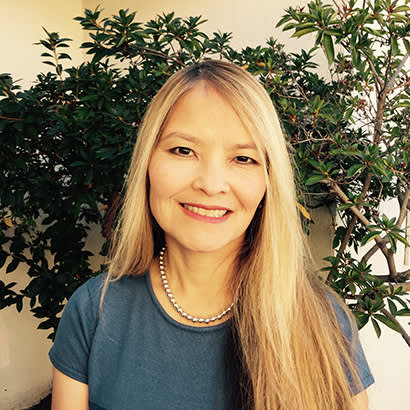
For an enhanced digital experience, read this story in the ezine.
For the past several months, the global coronavirus (COVID-19) pandemic has been challenging in every sense of the word — from closing parks and recreational facilities during early shelter-in-place orders to limit widespread contagion, to making dramatic budget cuts to remain financially solvent during this economic recession. Yet, despite these obstacles, park and recreation professionals across the country have stayed the course in their commitment to providing essential services, like meal-assistance programs and temporary shelters, that our most vulnerable community members depend on.
This pandemic upended our entire park and recreation operations, placed programs like team sports and aquatic activities on pause and forced us to adopt a more ‘virtual’ recreational mindset. On a personal level, this health crisis has compelled us to re-evaluate our priorities and take stock of what matters the most to us. It’s also renewed our sense of nature and open spaces, and taught us to truly appreciate our outdoor environment and how it contributes to our mental and physical health.
This month’s cover story highlights the importance of integrating nature, play and education, especially for our youngest park patrons. In the feature, “Restoring Nature’s Playground,” on page 34, contributors Patti G. Sterling and Akosua Cook, AICP, offer insight into two recent park projects in Bel Air, Maryland, and Chattanooga, Tennessee. American Water Charitable Foundation funded both renovation projects through its Building Better Communities grant program administered by NRPA. According to Sterling and Cook, park and recreation professionals are stewards of open spaces and “know parks are essential for families and youth to make a connection to nature, enjoy the natural world and learn to be future stewards of our environment. With that, we are responsible for providing spaces that are welcoming and accessible to all and offer educational value to our community members.”
While nobody can say with absolute certainty when the United States will flatten the infection curve, one thing is evident: no matter where you reside — a rural, urban or suburban community — COVID-19 has altered our lives. What does that mean for the field of parks and recreation? In the feature article, “How Parks and Recreation Will Change Forever,” on page 38, NRPA’s editor at large, Richard J. Dolesh, takes a closer look at this new reality that looms ahead for our profession. “The pandemic is showing how the mission of parks and recreation is evolving to include serving as a provider of social and health services in the effort to rebuild and reconnect communities,” Dolesh writes. However, he also points out that park and recreation agencies’ “budget reductions spawned by the COVID-19 recession are likely to last for years….”
One potential remedy for these budget shortfalls could be park partnerships. In the feature story, “Leveraging Public-Private Partnerships,” on page 44, contributor Gordon Feller shares insights and learned lessons from leading industry professionals who have experienced this process firsthand. According to Feller, “This crisis will likely be defined by our response to it. Do we adapt, come together and innovate to create a new and brighter future?”
While the future remains uncertain, you can take comfort in the fact that what you do every day as park and recreation professionals matters greatly to your community members. Through your programming, you offer them much-needed relief from the stress and anxiety of this pandemic and through parks and trails, you help them reconnect with our natural environment.
Vitisia Paynich is Executive Editor, Print and Online Content at NRPA.

